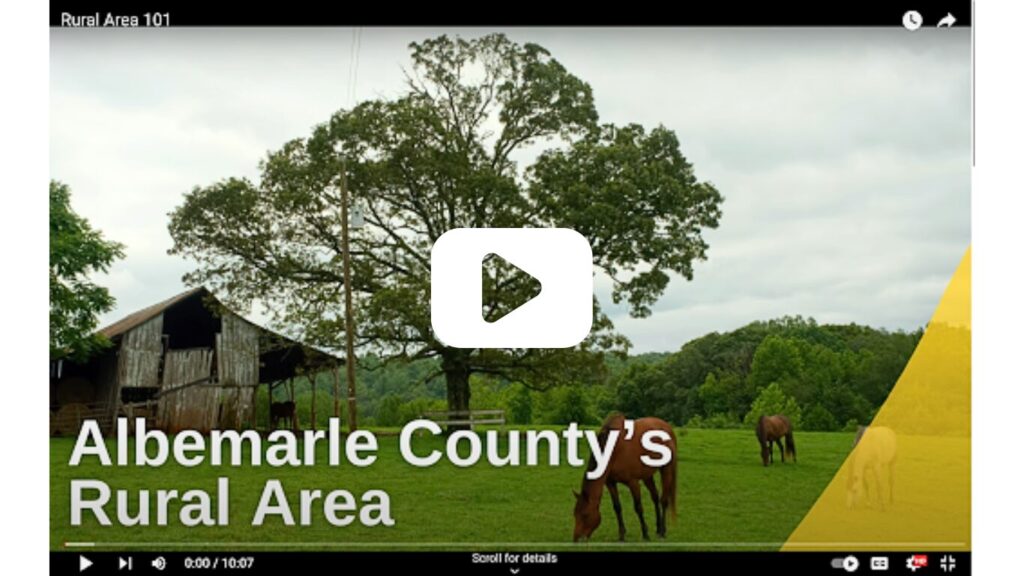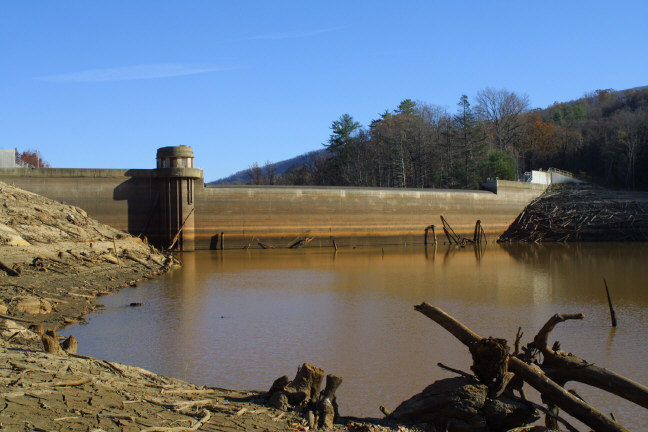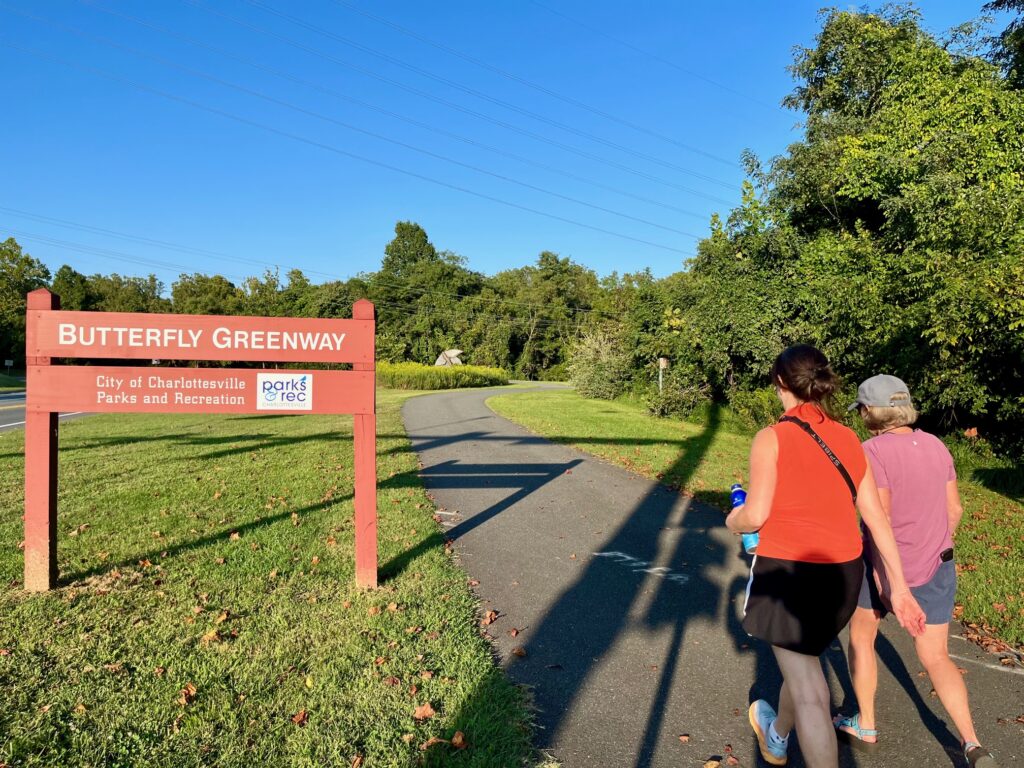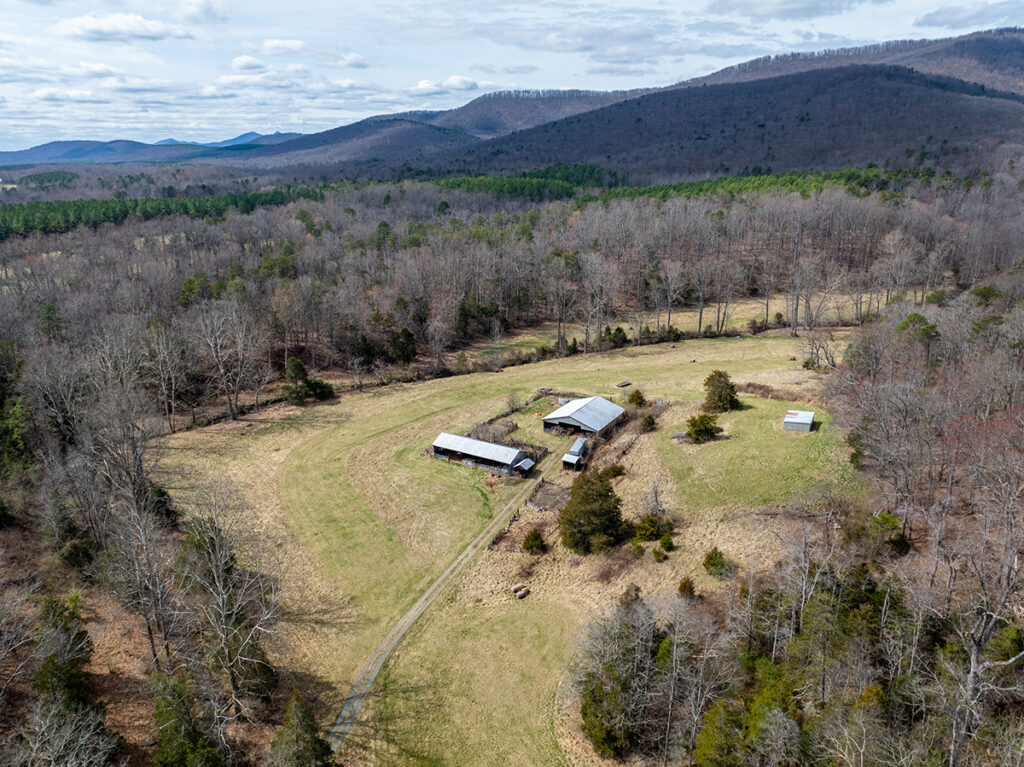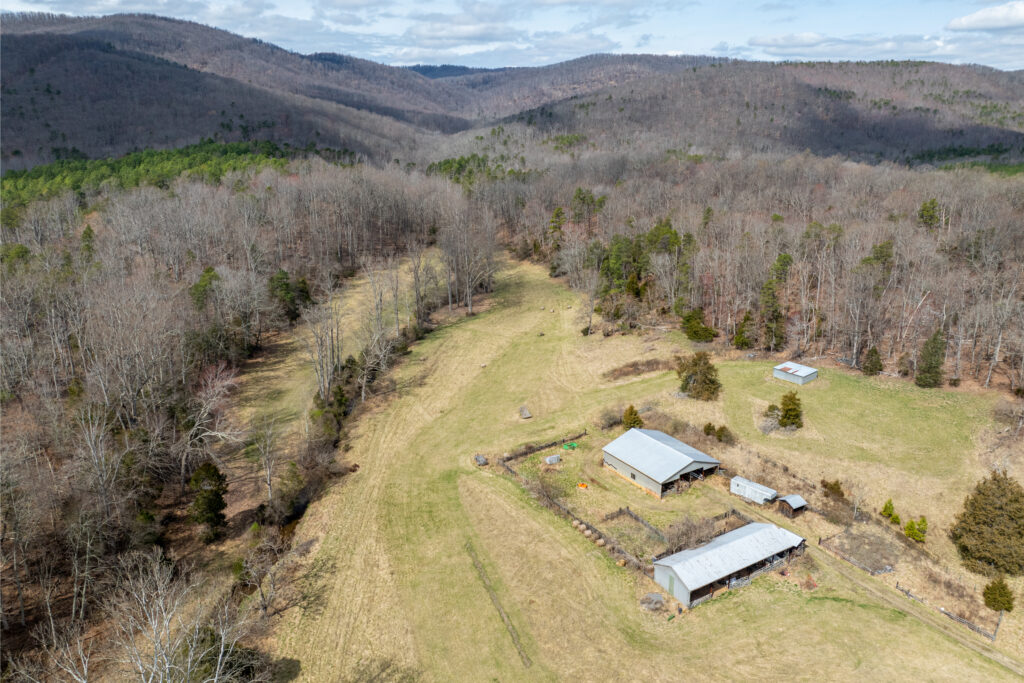
With three AC44 meetings held in a single week leading up to Thanksgiving, its clear Phase 3 is well underway, just as we noted in our last update. Read on for a summary of some of the more concerning conversations we heard and what we’re looking forward to at next Tuesday’s Planning Commission Work Session on the Rural Area Land Use chapter.
As always, participation makes our community better. Stay tuned and share this email with those interested in engaging with Albemarle’s future and sign up for the County’s alerts to hear it from them first.
Planning Commission Work Session:
Rural Area Land Use (Actions)
Tues, Dec. 10 @ 4-5:30 p.m.
Lane Auditorium, County Office Building
401 McIntire Road
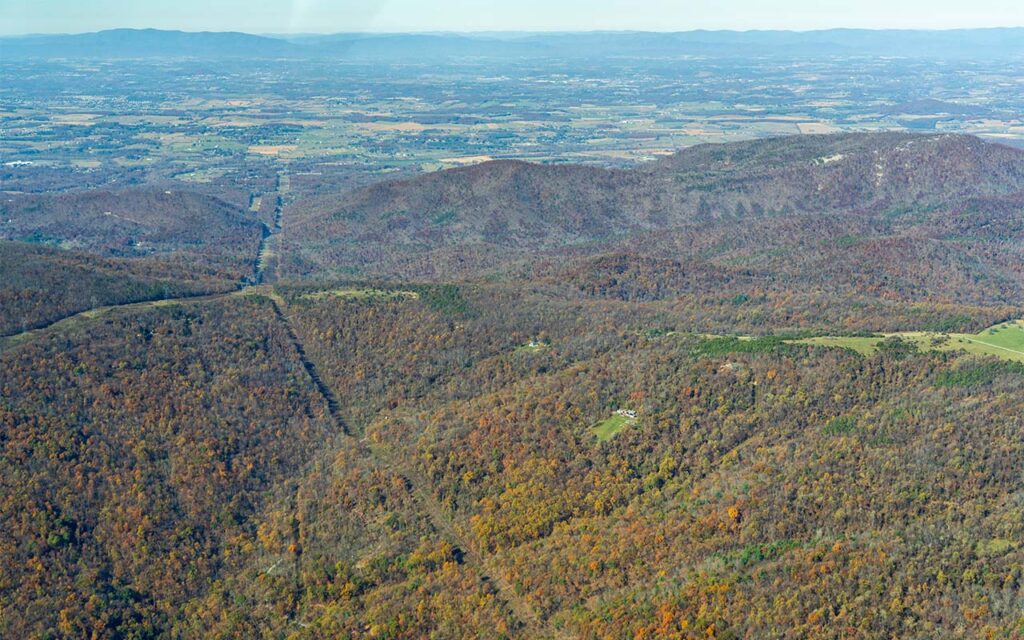
Rising Concerns
The Planning Commission and Board of Supervisors have committed to a Growth Management Policy that states, “focusing growth within the Development Areas is the best way to preserve land for agriculture, forestry, and the natural environment in the Rural Area, and to foster a vibrant mix of uses and activities with services and amenities in the Development Areas, leveraging existing infrastructure and opportunities for redevelopment, discouraging sprawl, and providing services and infrastructure in a fiscally responsible manner.”
Though PEC supports much of what is proposed regarding the growth management framework and the draft Development Areas and Rural chapters, we have serious concerns about what we’ve heard recently.
For example:
1. Forest blocks aren’t beneficial unless they are publicly-accessible.
Albemarle’s rural and urban forests and tree cover sequestered over 900,000 metric tons of carbon per year for 2008-2016, roughly 60% of the average greenhouse gas emissions for Albemarle for those years. They also filter air quality, provide essential wildlife habitat, and provide climate and flood resilience. Views of forest cover and natural open space contribute to the thriving tourism industry in Albemarle County and Charlottesville, totaling nearly $1 billion annually – comparable to the estimated $1.2 billion annual economic benefit of the regional Department of Defence sector. In addition to protected private lands, PEC continues to advocate for publicly accessible open spaces for people to visit – to be seen most visibly with the opening of Biscuit Run Park Dec. 14.
2. The Development Areas may need to be expanded sooner than later in order to accommodate the projected growth of over 30,000 new Albemarle residents by 2044.
The County’s 2022 Land Use Buildout Analysis indicates that there is space available for development and redevelopment within the current Albemarle County Development Areas. We should be prioritizing and incentivizing this kind of dense, walkable/bikeable development with access to transit and open space within the current Development Areas, especially for affordable housing proposals.
3. Misconception: We should consider “transition zones” between the Development Areas and the Rural Area.
Facts: The current draft Growth Management Policy clearly states the “Development Areas and the Rural Area will have distinct boundaries, without low-density transition areas.” The draft growth management framework includes a Development Areas Utilization Review that would be undertaken every two years to ensure we unlock the capacity of the Development Areas to accommodate future growth, including for Affordable Housing.
As PEC has seen in Loudoun County, the creation of a “transition zone” between the rural and developed parts of the county, can easily lead to sprawl, traffic and air quality impacts, and threaten the natural resources that the Rural Area was created to protect. Namely, our water resources that are threatened by climate change and unchecked growth.

Dec. 10: Rural Area Land Use Planning Commission Work Session (Part 2)
The Nov. 19 Planning Commission Work Session focused on Rural Area Land Use policies. The Dec. 10 work session will be all about Objectives and Actions, or pages 7-10 of the draft Rural Area Land Use chapter. As we mentioned before, there is much we can support in the draft chapter:
- the Rural Area Land Use Approach;
- the focus on strengthening Land Conservation;
- the recommendation for the development and adoption of a Rural Area Land Use Plan into the comprehensive plan; and
- protection of rural communities.
However, like our support for the Rural Area from the beginning, many of our concerns have stayed well into this process. We are concerned that:
- focusing on potential land uses at the rural Yancy and Shadwell I-64 interchanges could lead to sprawl and traffic impacts along US250 east and west of the Yancy interchange and US250 east of the Shadwell interchange.
- The County should limit the small area plan study areas for these two interchanges to the parcels abutting and in close proximity to the interchanges.
- the County’s proposal to review and update the legacy or stale commercially zoned parcels in the Rural Area could lead to sprawl and adverse impacts to Rural Area resources and communities. These are parcels that were zoned commercial before the Rural Area zoning was established in 1980.
- The County should address land use policies for these parcels as part of the County’s recommended Rural Area Land Use Plan.
- the County’s proposal to identify land uses and potential ways to support existing businesses and services in the Rural Area. Unless driven by a rural community’s input and consensus, this approach could result in sprawl and overdevelopment.
- This proposal should be holistically and intentionally addressed as part of the County’s recommended Rural Area Land Use Plan or small area plans for rural communities.
- the County’s proposal to identify an overall acreage or maximum percentage for land conservation in the Rural Area. The County’s “how much is enough?” quantitative approach could result in missed opportunities for conserving our most important resources that support resilience and quality of life. This conflicts with the County’s own goals for conservation. This is another reason to support PEC’s initiative to strengthen Albemarle’s conservation programs through actionable steps. Supervisors will discuss this during their Jan. 8 work session focusing on the entire Rural Area Land Use chapter.
- The County should eliminate this proposal from the draft recommendation for the preparation of a Rural Area Land Use Plan.
Submit Comments:
As this is a work session and not a public hearing, there will be no opportunity for public comment, but you can still:
- Submit Comments in Writing: Public comments will be accepted in writing at the work session, or by emailing comments to [email protected] and copying [email protected] and [email protected].
- Attend the Work Session: It is important for elected officials to see that community members are paying attention to the decisions that impact them.
- Join a future AC44 lunch & learn: County staff will virtually give a brief presentation about each chapter and answer any questions. See their events page for information. Next Thurs., Dec. 12 @ noon will cover the Rural Area Land Use chapter.
We hope to see you at the meeting and hear that you submitted comments.
Upcoming Dates
- Tues, Dec. 10: AC44 Planning Commission Work Session: Rural Area Land Use (Actions) – 4 – 5:30 p.m.
- Thurs, Dec. 12: AC44 Lunch and Learn: Rural Area Land Use – Virtually @ 12 – 1 p.m.
- Tues, Dec. 17: AC44 Planning Commission Work Session: Environmental Stewardship – 4 – 5:30 p.m.
- Wed, Jan. 8: AC44 Board of Supervisors Work Session: Rural Area Land Use (Final: Entire Chapter)
- Wed, Jan. 22: AC44 Board of Supervisors Work Session: Environmental Stewardship
Thank you!
Rob McGinnis

